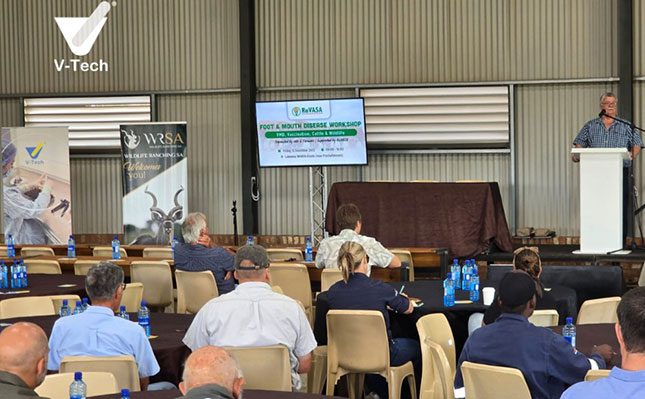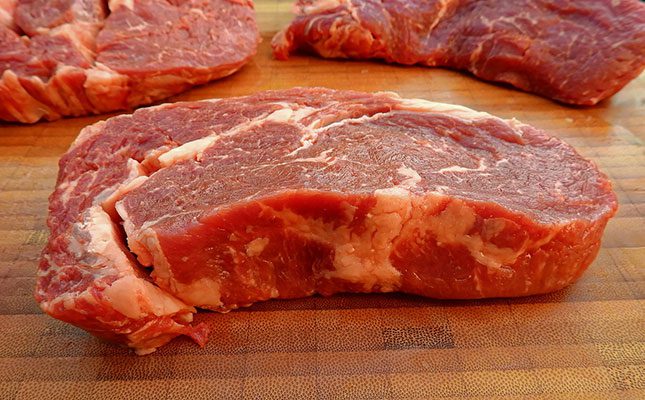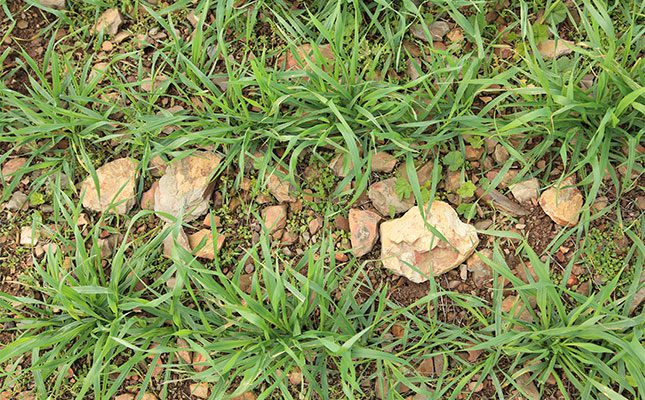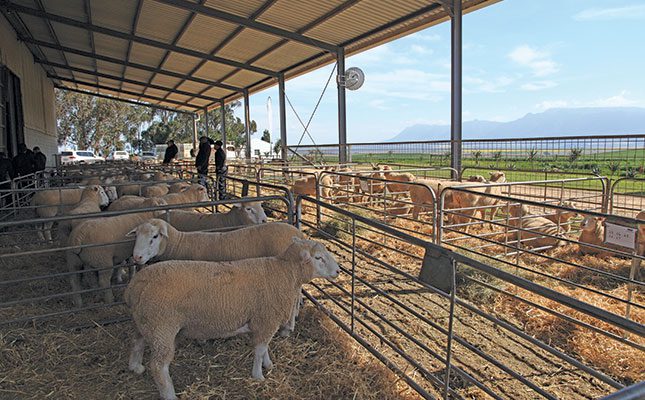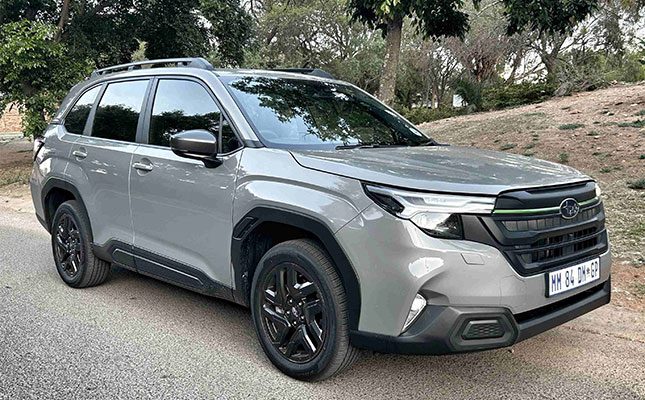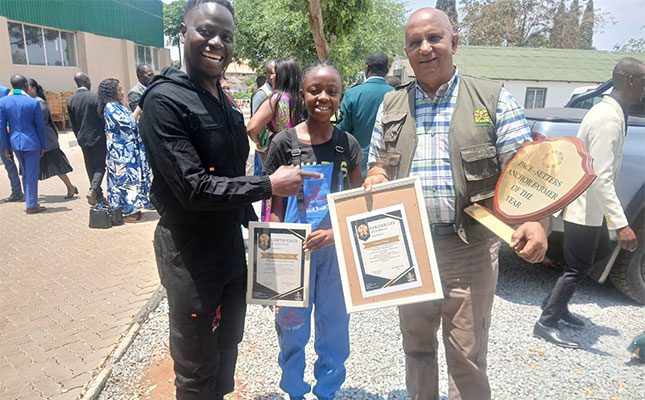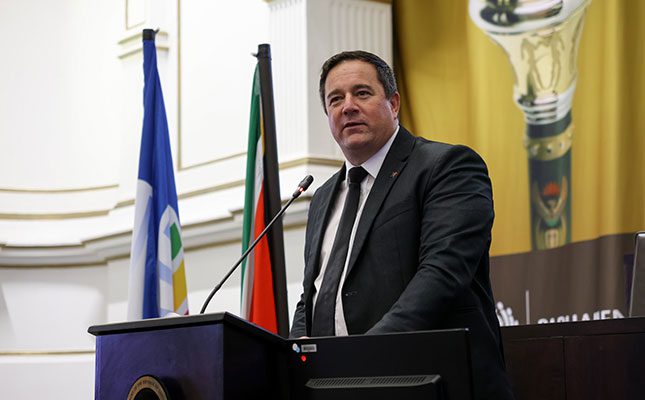
However, it also came amid ongoing uncertainty over global trade and South Africa’s agricultural export prospects, as well as widespread food insecurity.
Nonetheless, Minister of Agriculture John Steenhuisen was upbeat about his department’s progress. He emphasised the importance of growing the country’s agricultural exports to fuel the economy and job creation, but also reiterated the ground-level focus needed to address farmer development, food security, and national nutrition.
“Our mission is as urgent as it is ambitious: to build a food system that is inclusive, competitive, sustainable and, above all, that leaves no South African behind,” Steenhuisen said.
Budget distribution
The 2025/26 Budget Vote for the DoA would be distributed across four core programmes as follows:
- Programme 1: administration (R970 million);
- Programme 2: agricultural production, biosecurity, and natural resources management (R2,4 billion);
- Programme 3: food security and support (R3,2 billion); and
- Programme 4: economic development, trade, and marketing (R883 million).
Commenting on Programme 3, Steenhuisen pointed to 2025 National Food and Nutrition Security Survey, which found that only 36,5% of South African households were food secure.
“Nearly 18% [of households] experience severe food insecurity. These are not just figures; they are expressions of a child going to bed hungry, of a parent sacrificing meals, of dreams deferred,” he said.
Funding included support for the implementation of the 2024–2029 National Food and Nutrition Security Plan. Other priorities included the scaling up of school gardens, community food hubs, and home food production, as well as the promotion of neglected and underutilised species like amaranth, African leafy vegetables, and bambara groundnuts.
Steenhuisen highlighted local-level successes from the past financial year that included the training of some 66 000 farmers and placement of over 3 000 agricultural graduates in internship programmes.
Climate and biosecurity
Programme 2 speaks to issues around climate threats and biosecurity, among others. Here, Steenhuisen reflected on the “systemic shock” caused by the avian influenza outbreak of 2023, the ongoing fallout of the current foot-and-mouth disease (FMD) outbreak, and growing concerns over swine flu and other livestock diseases.
“Let me be clear: biosecurity is not a veterinary issue; it is a national priority. It is as important to our future as electricity, water, and roads,” he said.
Interventions in this regard included the establishment of a Biosecurity Council and a National Biosecurity Compact to bring together role players and facilitate relevant protocols.
Steenhuisen told Parliament that 50 animal health technicians were being deployed for vaccination roll outs and FMD containment, with tracing being prioritised. Efforts also focused on addressing issues at Onderstepoort Biological Products.
Agricultural exports
Regarding exports, Steenhuisen announced a record export total for 2024 of R258 billion. He said agricultural exports for the first quarter of this year were already at US$3,36 billion (about R60 billion), representing a 10% year-on-year increase.
This was attributed to successes like the facilitation of new access for avocados to China, maize to Japan and India, beef to Iran, and table grapes to the Philippines and Vietnam.
“We were part of the presidential delegation to the Forum on China-Africa Cooperation in China; secured protocols for wool, dairy, and meat exports; and participated in high-level delegations to Davos, Japan, and Berlin,” he said.
During a media briefing following the debate in Parliament, Steenhuisen fielded numerous questions about the latest US tariff announcements.
He said only about 4% to 6% of South Africa’s agricultural exports were destined for the US. However, these were heavily concentrated in a few sectors, specifically citrus, wine, table grapes, and nuts.
Local development
On local development issues, Steenhuisen was asked about commitments made by his predecessors to appoint 10 000 extension officers. He said the reality was they had a finite budget: “Even a figure of 5 000 extension officers at the department would mean we would have to cancel about 80% of the programmes we are doing.”
He confirmed they were taking on 230 extension officers in the current financial year and were committed to growing the number in future.
Following his address to the National Assembly, Steenhuisen tabled the budget to the National Council of Provinces, where he reiterated that agricultural development wasn’t evenly distributed.
“Infrastructure is decaying in rural municipalities, extension support is thin, input costs are high, and many small-scale farmers – particularly women, the youth, and people with disabilities – still lack secure tenure, access to markets, and real support.
“This budget is designed to close these gaps,” he said.

